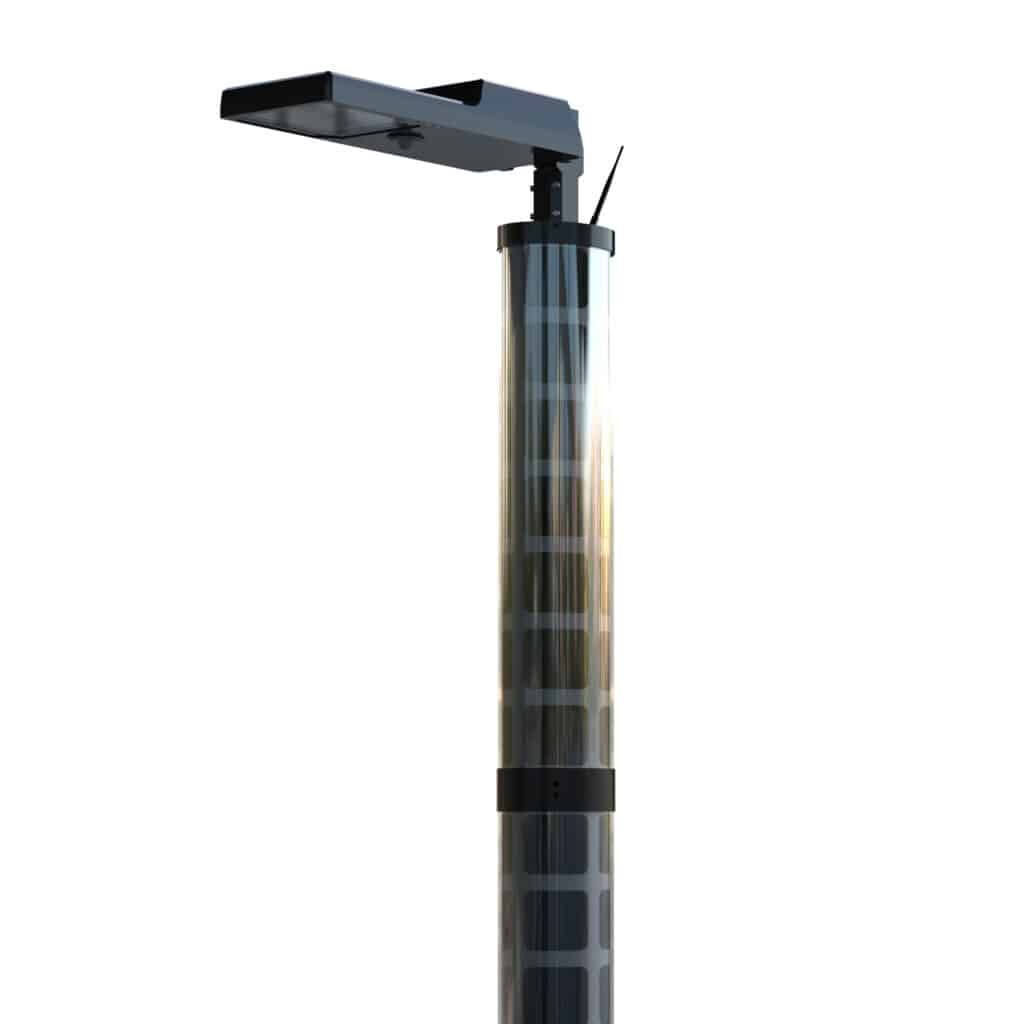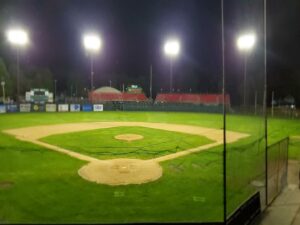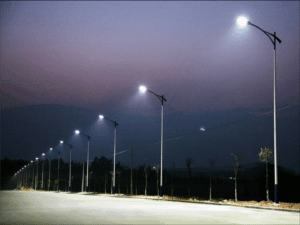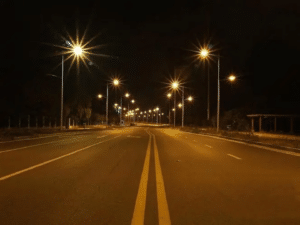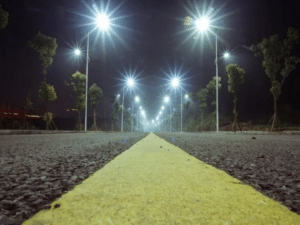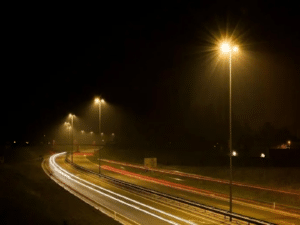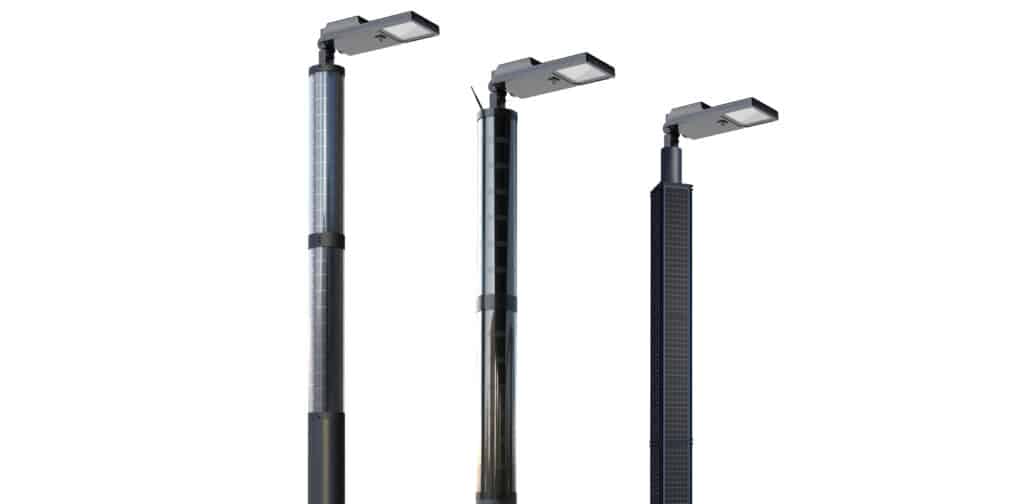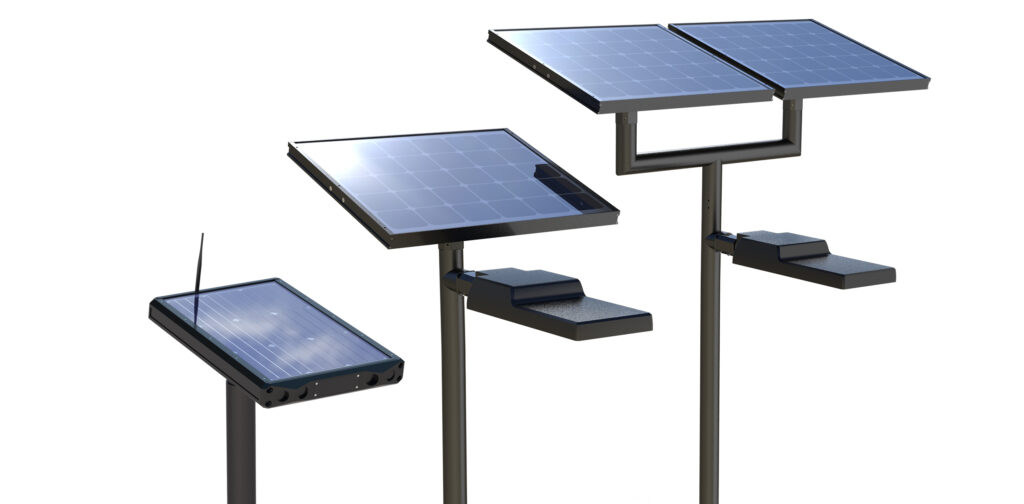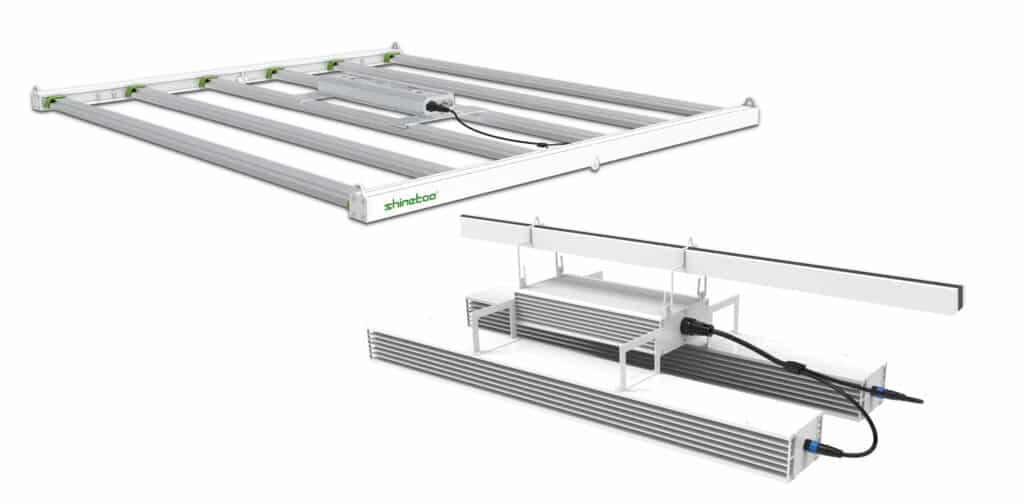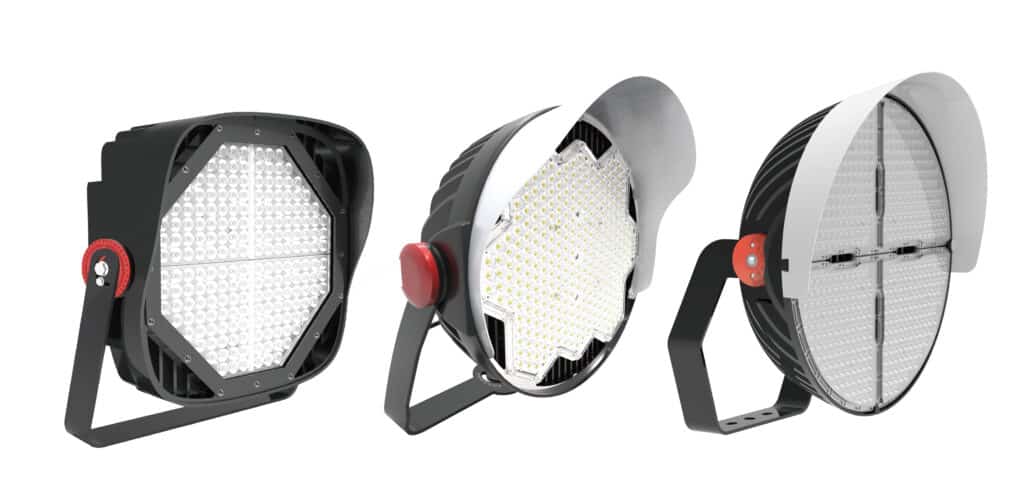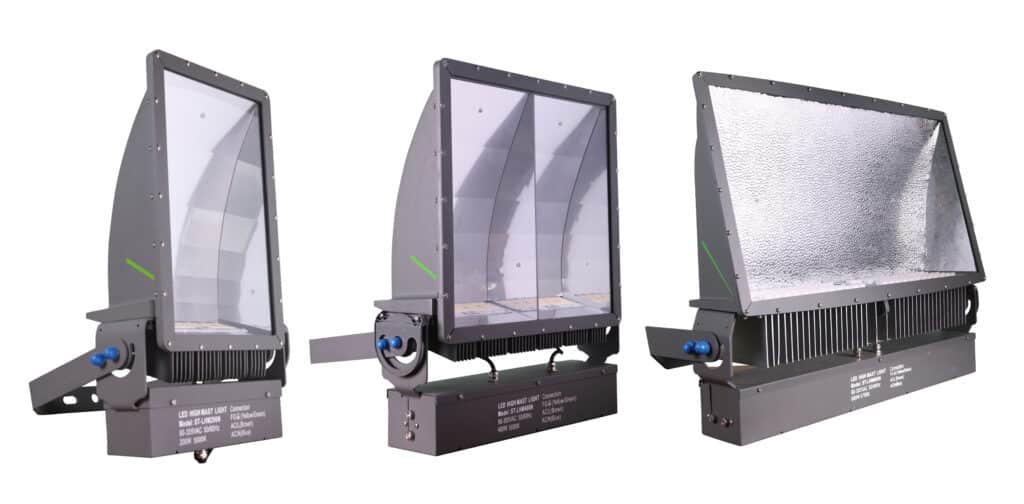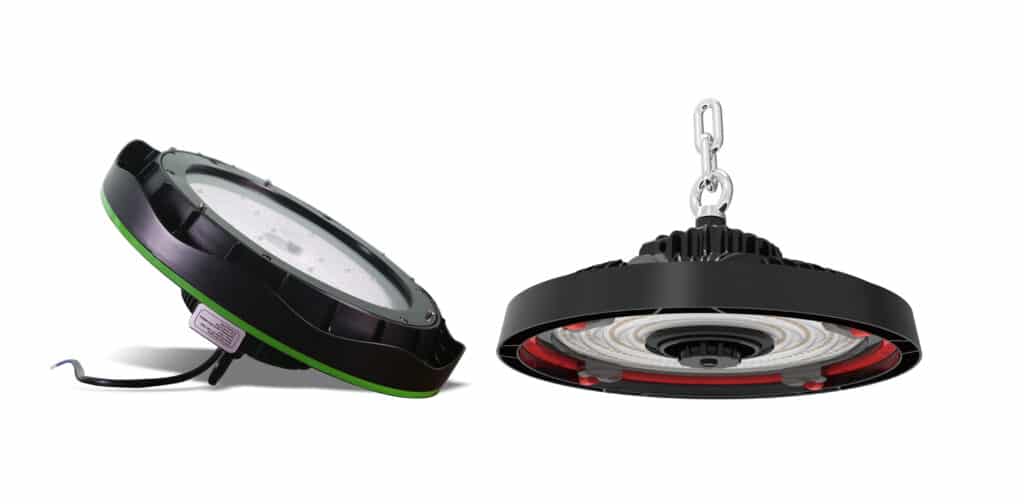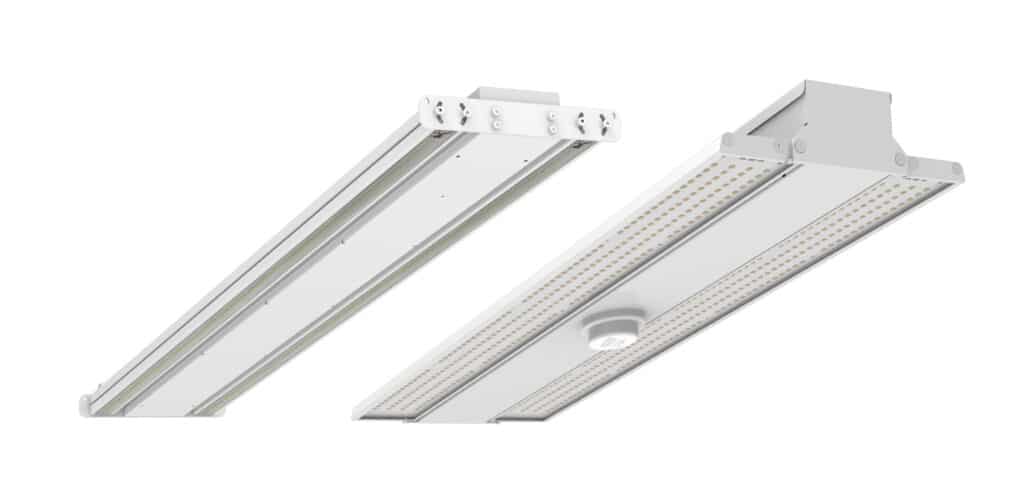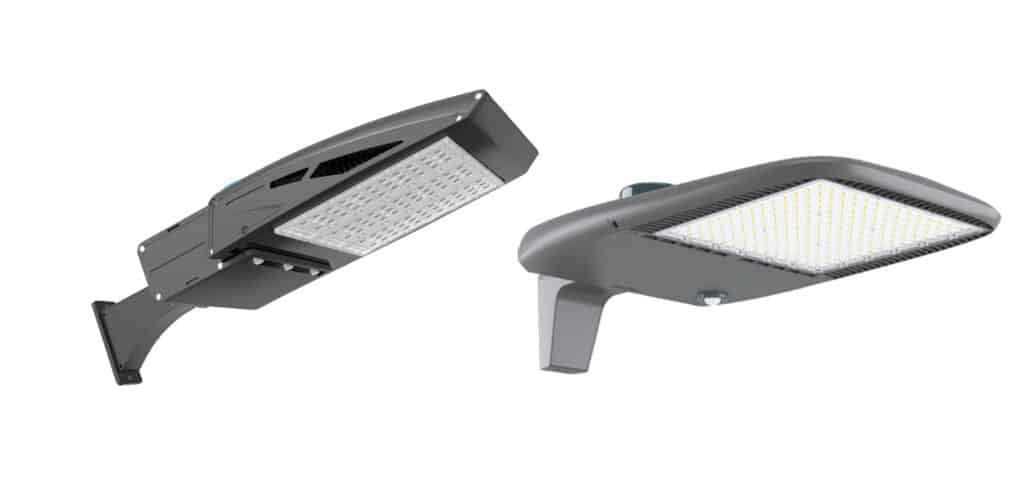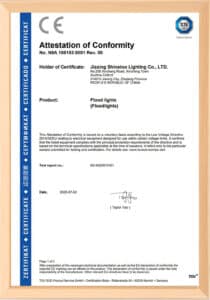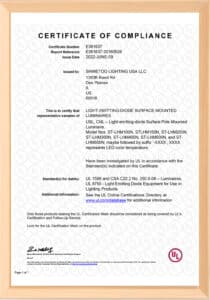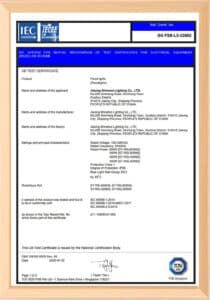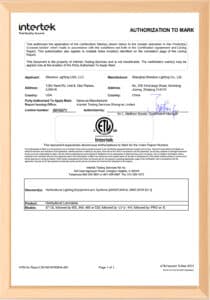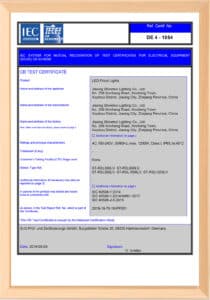How does the solar street light controller control the lighting of street lights at night?
solar street light is an important supporting facility for municipal facilities. Good night lighting provides safety for driving at night, and the cost of solar street light is also an important expense. With the increasing development of solar technology, solar street light has become the preferred solution for street lighting. Careful friends should notice that the turning on time of solar street light at night is basically the same every day, and there are differences between winter and summer.
So how do solar street light turn on and off at night?
The common practice in this industry is timing control, and the opening and closing times can be set. Some control systems will add automatic mode, which is realized by Photoresistor or detecting the output voltage of the solar panel.
1 Timing mode
The solar street light system consists of key modules such as solar panels, batteries, and controllers. The controller plays a related role in voltage detection, battery charging and discharging management, and turning on and off street lights. The opening and closing time of street lights can be set. The opening time is later in summer and earlier in winter, and the opening and closing times can be set. This method is a universal control method, and managers only need to modify the time according to regulations in the control room.
2 Automatic mode
Some street light have automatic mode, which can be realized by Photoresistor or by detecting the voltage of the battery panel. Photoresistor is a kind of special resistance. Its resistance value is closely related to the light intensity. The stronger the light is, the smaller the resistance is, and the weaker the light is, the greater the resistance is. The Photoresistor, comparator, triode and other components can realize the light control circuit. It can achieve the function of turning off the lights when the light is strong and turning on the lights when the light is weak. In addition, solar panels have a higher output power when the light intensity is strong, and a lower output power when the light intensity is weak, which can also achieve automatic control of lighting.
The timing control method is the mainstream control method, which can accurately control the opening and closing of street lights, and can be flexibly set according to weather conditions; The automatic mode greatly reduces the intervention of staff, but it cannot be flexibly controlled according to the actual situation, which may lead to early or late activation of street lights.
Controller
1. Type of controller: MPPT or PWM? Usually, MPPT controllers have higher efficiency and cost than PWM controllers.
2. IP level: IP: Refers to the waterproof level of the controller, which determines its service life. The service life of bare board controllers without waterproof treatment is much lower than that of controllers with high waterproof levels.
At present, there are two popular types on the market, PWM and MPPT controllers, which have their own advantages and disadvantages and adapt to different scenarios. Let’s take a specific look below.
Early controllers were generally of this type, with a relatively simple electrical structure, consisting of a power main switch, a capacitor, a driver, and a protection circuit. In reality, they were like a switch, connecting the component and battery together, and the voltage of the component would be pulled down to close to the voltage of the battery pack.
This controller adopts a three stage charging method of strong charging, balanced charging, and floating charging.
Forced charging
Also known as direct charging, it refers to rapid charging. When the battery voltage is low, it is charged with high current and relatively high voltage.
Balanced charging
After the strong charging is completed, the battery will stand for a period of time, and when the voltage naturally drops to a certain value, it will enter a state of balanced charging, allowing the battery terminal voltage to be uniform and consistent.
Floating charge
After the balanced charging is completed, the battery is also allowed to stand for a period of time. When the voltage naturally drops to the “maintenance voltage” point, it is the float charging stage, allowing the battery to maintain a satisfactory state of charging without overcharging.
The controller of this charging method can solve the problem of insufficient battery charging and ensure the service life of the battery. However, it should be noted that the charging efficiency of the PWM controller will be affected by the temperature. When the solar cell temperature is about 45~75 ℃, the charging efficiency is the best.
MPPT controller
This type of controller is more complex and has a higher cost, usually several times or even tens of times the price of a PWM controller. It can adjust the input voltage to obtain maximum energy from the solar panel.
Afterwards, it is transformed into the required charging voltage for the battery, cutting off the direct connection between the solar panel and the battery, allowing the high voltage solar panel to charge the low voltage battery. It is divided into three stages: MPPT current limiting charging, constant voltage equalizing charging, and constant voltage floating charging.
MPPT current limiting charging
When the voltage at the battery end is low, MPPT charging method is used to draw the output power of the solar panel to the battery end. When the light intensity is strong, the output power of the solar panel increases. When the charging current reaches the threshold, MPPT charging is terminated and switched to constant current charging; When the light intensity weakens, it will switch to MPPT charging mode.
Constant voltage uniform charging
The battery freely switches between MPPT charging mode and constant current charging mode, and when the battery voltage reaches saturation voltage through mutual cooperation, it enters the constant voltage average charging stage. As the charging current of the battery gradually decreases, it ends at 0.01C and enters the floating charging stage.
Constant voltage floating charging
Float charging the battery with a voltage slightly lower than constant voltage charging, which is mainly used to supplement the energy consumed by the battery’s self discharge.
Compared with the PWM controller, the MPPT controller has the maximum power tracking function. Before the battery reaches the saturation state, during the charging period, it can ensure that the solar panel is always output at the maximum power and will not be affected by temperature. From the perspective of charging efficiency, it is naturally higher than PWM.
In addition, PWM controllers can only be paired with relevant voltages, such as the 12V system battery board, which can only be paired with 12V controllers and batteries. It is suitable for some small off grid systems below 2kW, with a simple structure, convenient user wiring, and relatively cheap prices.
The MPPT controller has a larger usage space. In general, the solar panel voltage can be used between 12V and 170V, and the battery voltage can be adjusted between 12V and 96V. It has stronger applicability and is suitable for large off grid systems above 2kW, with high efficiency and flexible component configuration.
shinetoo has been developing the individual components for over 9 years to make highly reliable Street lighting networks all over the world.
we provide various specifications and power of solar street lights,explosion-proof and durable.our lights are built better and last longer.
We are considered a global market leader in high reliability solar street lights.

